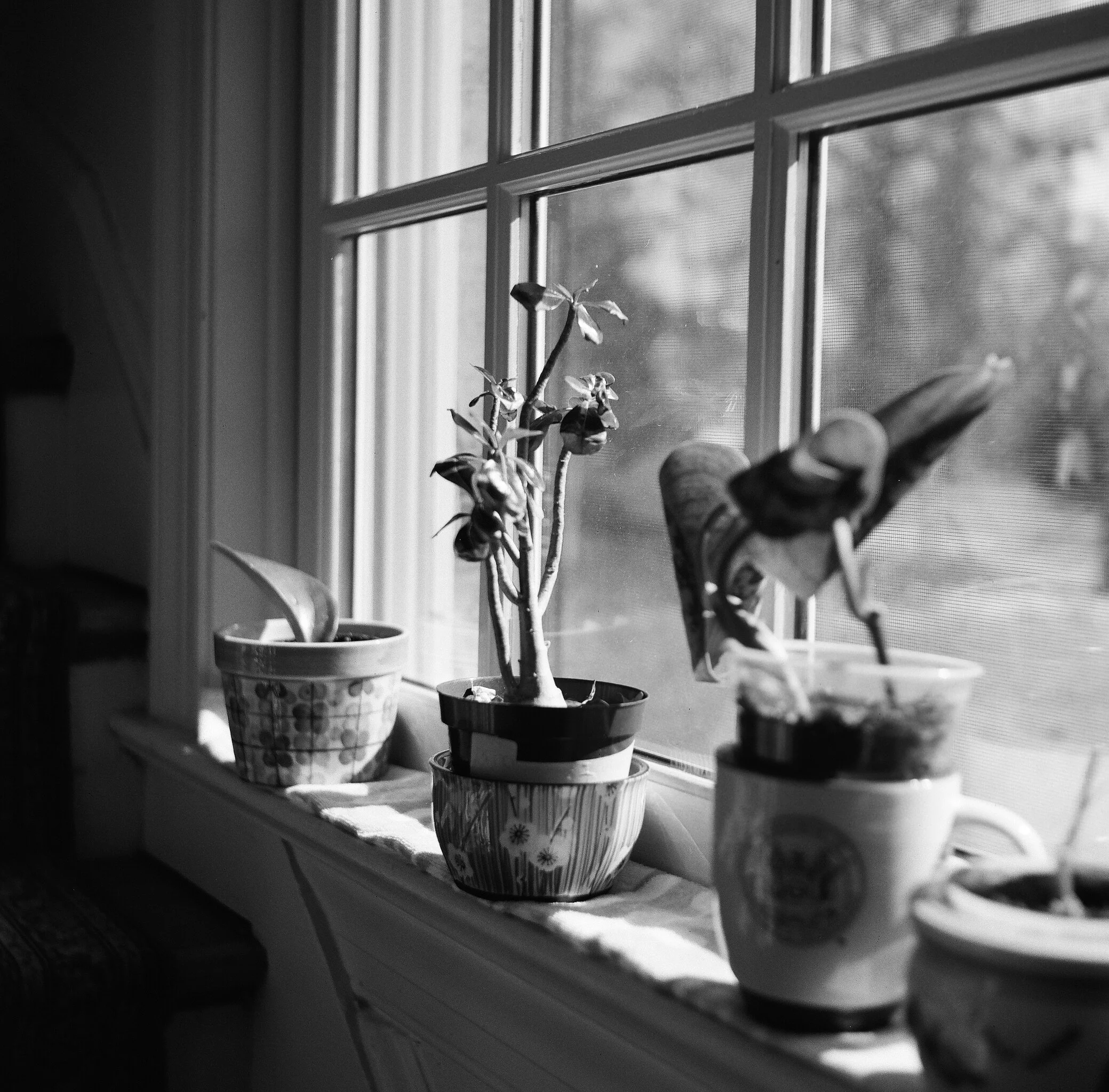Seagull (海鸥) 4B-1
Rolleiflex-inspired twin lens reflex from China.
Seagull 4B-1 with 75mm f/3.5 Haiou lens. (Photo made with a Nikon F, 55mm f/3.5 Micro-Nikkor-P.C, and Portra 400.)
The Forbidden City
I was in the Forbidden City in Beijing in the mid-1990s. There were stands that rented out cameras — twin lens reflexes. Sadly, I didn’t rent one and I didn’t note the brand name. Years later when I returned, the camera rental stands had gone.
I purchased this Seagull camera recently and it reminds me of that time. Here is a photo I made back then:
Beijing Leica IIIa, 5cm f/3.5 Elmar, HP5+, mid-1990s
20th century Chinese cameras
The camera manufacturing industry of 20th century China produced a variety of products some of which were copies of foreign cameras such as the screw mount Leica, Agfa Isolette, Rolleiflex, various Japanese cameras, and others.
There was even a limited-production Hasselblad 500C copy called the Dong Feng (East Wind). It was made around 1970 and one of them sold at auction a few years ago in Vienna, Austria for €66,000 (Leitz Photographic Auctions, 2013).
Chinese cameras were given evocative, sometimes even poetic names. In addition to the East Wind, there was the Purple Mountain, Heavenly Pond, Rainbow, Red Flag, Red Plum Blossom, Peony, July First, Great Leap, Great Wall, Sparkling and Transparent, and more.
Unlike in Germany, Japan, or the U.S., Chinese camera factories were distributed around the country with main facilities in Beijing, Shanghai, Nanjing, and Tianjin plus others in Chongqing, Wuhan, Qingdao, and elsewhere. The Seagull was made by the Shanghai Camera Factory.
(Source for this section: St. Denny, 1989.)
Friendship Heights, Md. Bloomingdale’s Seagull 4B-1, 75mm f/3.5 Haiou, CineStill BwXX, 2025.
Friendship Heights, Md. Bloomingdale’s Seagull 4B-1, 75mm f/3.5 Haiou, CineStill BwXX, 2025.
The Seagull
Having become intrigued by classic Chinese film cameras, I decided to add one to the inventory. Non-automated, stripped-down cameras are what I like best so I was happy to find a Seagull with more manual functions than usual:
Knob wind (no crank).
Manual shutter cocking lever (no linkage to the film advance).
Red window to visually gauge film advancement (no automatic frame spacing, no frame counting mechanism).
Newer Seagulls have the usual modern provisions for those, but I appreciate mechanical simplicity. This camera operates smoothly, the viewing screen is nice and bright, and focusing is quick and accurate.
This is an excellent camera and I like it a lot.
Coffee Republic Rockville, Md. Seagull 4B-1, 75mm f/3.5 Haiou, CineStill BwXX, 2025.
Style
This camera gets a top rating for style because the nameplate is written in Chinese characters and not in an ordinary print form, but in a flowing cursive style. The print form is 海鸥 (simplified characters) or 海鷗 (traditional). On the camera’s nameplate it is written as:
I understand that in Chinese culture, calligraphy is a more exalted art form than in the West and I appreciate the calligraphy on this camera. (The Smithsonian has a brief introduction to Chinese calligraphy, it’s in the References section below.)
More on the naming: The camera’s two lenses are branded as ‘Haiou’ in Roman letters. That means, unsurprisingly, ‘seagull’ (hǎi ōu).
Glenstone Museum Potomac, Md. Seagull 4B-1, 75mm f/3.5 Haiou, CineStill BwXX, 2025.
Maintenance and repair
I purchased this in early 2025 — no maintenance yet. The pared-down design, with each function handled separately and no double-exposure prevention and other unnecessary mechanical complications, should eliminate some potential failure modes.
References / further reading
Camera manual: orphancameras.com
More references:
Leitz Photographica Auction, Vienna. Auction 24 (Nov. 2013), Lot 606. East Wind / Dong Feng 'Hasselblad Copy', manufactured c.1970. https://www.leitz-auction.com/en/East-Wind-Dong-Feng-Hasselblad-Copy/AI-24-29070 accessed Aug. 15, 2025.
McKeown, J.M. and J.C. 1996. McKeown’s Price Guide to Antique and Classic Cameras, 1997-1998. Grantsburg, Wis.: Centennial Photo.
This has a sparse entry for the Seagull. Only the model 4 is noted and the name of the manufacturer is given as ‘Light Industrial Products (China)’. This suggests that in the mid-1990s, Western knowledge of Chinese cameras was limited.
St. Denny, D. 1989. Cameras of the People’s Republic of China. Leicester, England: Jessop Specialist Publishing. The Seagull 4B-1 is on p. 91.
Smithsonian Institution. China’s Calligraphic Arts: Cursive script (草書) https://asia-archive.si.edu/learn/chinas-calligraphic-arts/cursive-script/ accessed June 4, 2025.
‘Cursive script (caoshu), sometimes known as “grass” script, developed around the end of the Han dynasty (220 CE). Although the basic elements of cursive script matured in the third and fourth centuries, important innovations continued until the middle of the Tang dynasty (618-907). In cursive script, individual strokes within a character are drastically simplified and abbreviated, often becoming a single continuous movement of the writer’s brush.’
Kema by Kenaki Potomac, Md. Seagull 4B-1, 75mm f/3.5 Haiou, FP-4+, 2025.
Plants in the window Bethesda, Md. Seagull 4B-1, 75mm f/3.5 Haiou, FP-4+, 2025.








